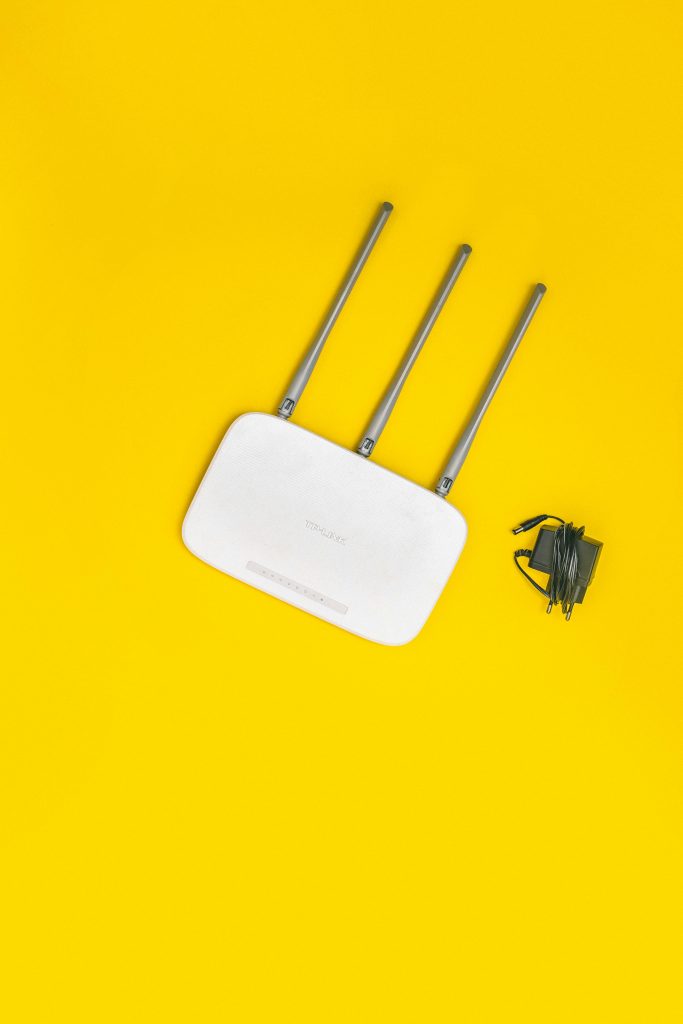Tackling DPC Latency Issues in New Builds: My Journey and Solution
If you’ve ever built a PC and faced frustrating performance hitches, you’re not alone. I recently encountered troubling symptoms such as input lag, audio crackling, and an irritating rise in DPC (Deferred Procedure Call) latency on a relatively new setup. I’d like to share my experience and the steps I took to tackle the problem, which could help others who find themselves in a similar situation.
The Problem at Hand
After running my system for several hours—specifically after about eight hours of continuous operation—I noticed an alarming spike in DPC latency values, reaching between 8000 and 10000 microseconds. Alongside this increase, my machine experienced stuttering, inconsistencies in responsiveness, and on rare occasions, complete freezes.
Despite using LatencyMon, which flagged wdf01000.sys as a culprit, the information wasn’t very actionable. This made it challenging to pinpoint what software component was misbehaving.
My System Specifications
- CPU: AMD 9950x3D
- GPU: AMD Radeon RX 9070XT
- RAM: CORSAIR VENGEANCE DDR5 96GB (2x48GB) 6000MHz CL30
- Motherboard: ROG CROSSHAIR X870E HERO
- Operating System: Windows 11 KB5058499
Additional Observations
- Temperatures remained stable, with the CPU and GPU well below 70°C.
- Resource utilization was minimal—CPU and GPU were around 2-5% during idle periods, while RAM was approximately 30%.
- On rebooting, the DPC latency dropped to a manageable level under 300 microseconds, reaffirming that something was amiss after extended uptime.
Steps Taken to Diagnose the Issue
In an effort to resolve this, I undertook a series of diagnostic measures:
- Clean Install of AMD Adrenalin: I performed multiple installations using Display Driver Uninstaller (DDU).
- Driver Updates: I explored various combinations of drivers, including chipset, GPU, and wireless connections.
- Windows Features Alteration: Disabled core isolation and memory integrity features.
- Ram Adjustments: Tested RAM settings, including XMP profiles and undervolting.
- BIOS Tweaks: Experimented with C-states and other
Share this content:




Hi,
Dealing with high DPC latency can be quite challenging, especially over extended periods of uptime. Based on your detailed description, here are some additional troubleshooting steps and suggestions that might help identify and mitigate the issue: